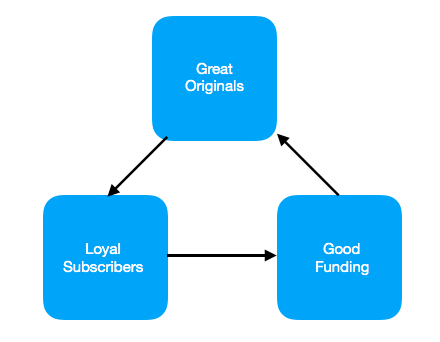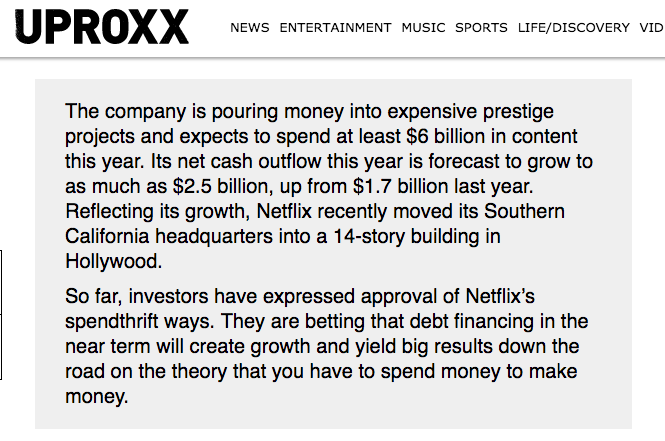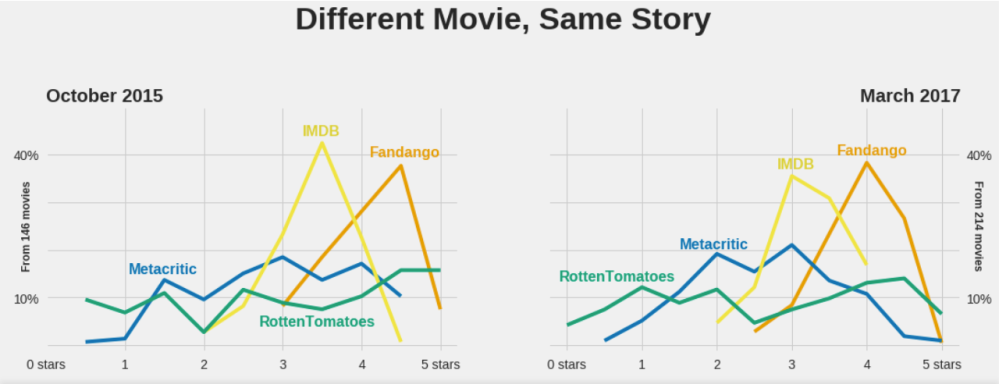The worldwide TV and Video revenue is a whopping $300 billion and is rising steadily year on year, thanks to the enormous investments that big production houses like Warner bros., Weinstein Company, Lionsgate, etc., put into their promotions. In the good old days, movies were driven by the star-power of the actors and directors who were part of the creative process. The paparazzi and papers, made sure that celebrities remained relevant within our households. However, things changed in the 90s. A Unix programmer named Col Needham started posting various movie lists on a website called rec.arts.movies movie database. Soon other users of the website started posting their own lists about various genres of films and what we know today as IMDb was born. IMDb started out as a movie indexing website much like Google in its initial days, but gradually grew into a community where users could collectively rate a film or a list for other users to see. The concept caught the attention of other Silicon Valley startups and in 1998 Rotten Tomatoes made its appearance. Named after the ritual in which the audience throw rotten tomatoes on a bad performance on stage, Rotten Tomatoes took to a slightly different approach. Besides accumulating ratings from the movie-goers, it also became a community for registered movie critics where they could talk about a film and rate it.

With the advent of OTT (Over-the-top) players like Netflix, Amazon Prime Video and hotstar among others, movie rating websites found a surer footing as they had now become the only channels through which the audience could get to know about a film that went straight to streaming without getting a wider release on big-screens. These OTT releases did not have the exposure that their big-screen counterparts got through paid promotions, media events and TV campaigns. Instead they turned to the other influencers who had the credibility to create an impression in the audience’s mind even before they had watched the film. If you are on Facebook, you may have noticed this newfound trend that is making the rounds. Every new Netflix release in the horror genre is being marketed by Rotten Tomatoes with formulaic status posts like – “Critics are calling this the scariest film they have ever watched” or something like “There’s a reason people are unable to finish this movie”.
Every new Netflix release in the horror genre is being marketed by Rotten Tomatoes with formulaic status posts like – “Critics are calling this the scariest film they have ever watched” or something like “There’s a reason people are unable to finish this movie”.

Recent Netflix releases like The Ritual and Veronica got rave ratings where the former was being touted as the scariest film to come out of the UK while the latter apparently made people give it up halfway through. However, after a week of their release, both films saw a significant drop in the tone of audience feedback on social media. Both films were average at best but had been successful in garnering momentous attention on release. This strategy, however, is not completely unwarranted though. Streaming services like Netflix, Amazon and Hulu are not only competing with each other, but also with big-screen distributors and Television. Despite the cutting edge technology with which they work with, it’s well nigh impossible for them to play catch up through conventional means. In the dog-eat-dog environment, Netflix has to constantly bring in content-creator partners and at the same time invest money into creating its own original content which would differentiate it from its peers. For instance, you can watch Suits on both Netflix and Amazon Prime Video which makes it easier for you to ditch Netflix as Amazon Prime is way cheaper and also has a decent collection. But then you hear of a Netflix original like Will Smith’s Bright that is an exclusive to Netflix release, you may just decide to hold on to your subscription.

It is a vicious circle though. Without good funding Netflix cannot create great originals; without great originals, it cannot have a loyal subscriber base; without a loyal subscriber base, it would not have good funding. You see how it goes now. This quandary puts Netflix in a precarious position where it has a very small window where it can rake up views and subscriptions before critic and audience ratings normalize into score much lower than the opening ones. Ergo, it makes sense for Netflix and others to pay critics to give their releases favorable reviews so that the aggregate critic score certifies them as ‘fresh’ on Rotten Tomatoes. IMDb is even more skewed in its ratings thanks to its direct-from-audience feedback which again is influenced more by word-of-mouth and social media rather than purely by a film’s merit.

Check out a Normal distribution comparison between IMDb, Rotten Tomatoes, Fandango and Metacritic in this insightful Medium article: Which film rating should you follow
TL;DR: Ideally, movies would follow a normal distribution where about 10% of the films would lie in the below average category, about 80% would lie in the average to real good category and the last 10% would lie in the amazing category. However, OTT influencers know that ‘good’ and ‘bad’ are subjective terms. If I am Netflix I would want to have something for every kind of movie-goer. However, here’s the catch. I wouldn’t watch certain people to watch certain films selectively based on their preference because the operating cost of putting up a film on my website is pretty much the same for every title. So, what would I do ? I will try to influence audience perception by marketing below average movies as good. This would skew the normal distribution towards the central peak where the new distribution would be something like – 5% in the below average category, 85% in the average to good category and 10% in the amazing category.

So, how can you know which one is a good movie and which one is not ? Well, there are still a few ways you can get a sense of what to watch. Do not start with IMDb or Rotten Tomatoes. Check out who directed the film and what are the other films he/she has made. Some movie-buffs also like to read about the plot beforehand which can give you a little more idea about what you can expect. But if you like to go into a movie without knowing about the plot, like me, you can always watch the official trailer which can give you a sense of the performances, the cinematography and specific scenes. Blogs and forums are also great places to know the background of a film. Reddit is also a well-rounded platform where you can have various perspectives at one place. Only after all this can you check the rating websites, just to see if the overall perception matches with the score online. I know it sounds like a stretch but if you really love movies like I do, it is actually a really fun process that almost never lets you down.
Pro-Tip: Remember, you can know more about the rating from the film than you can about the film from the rating.